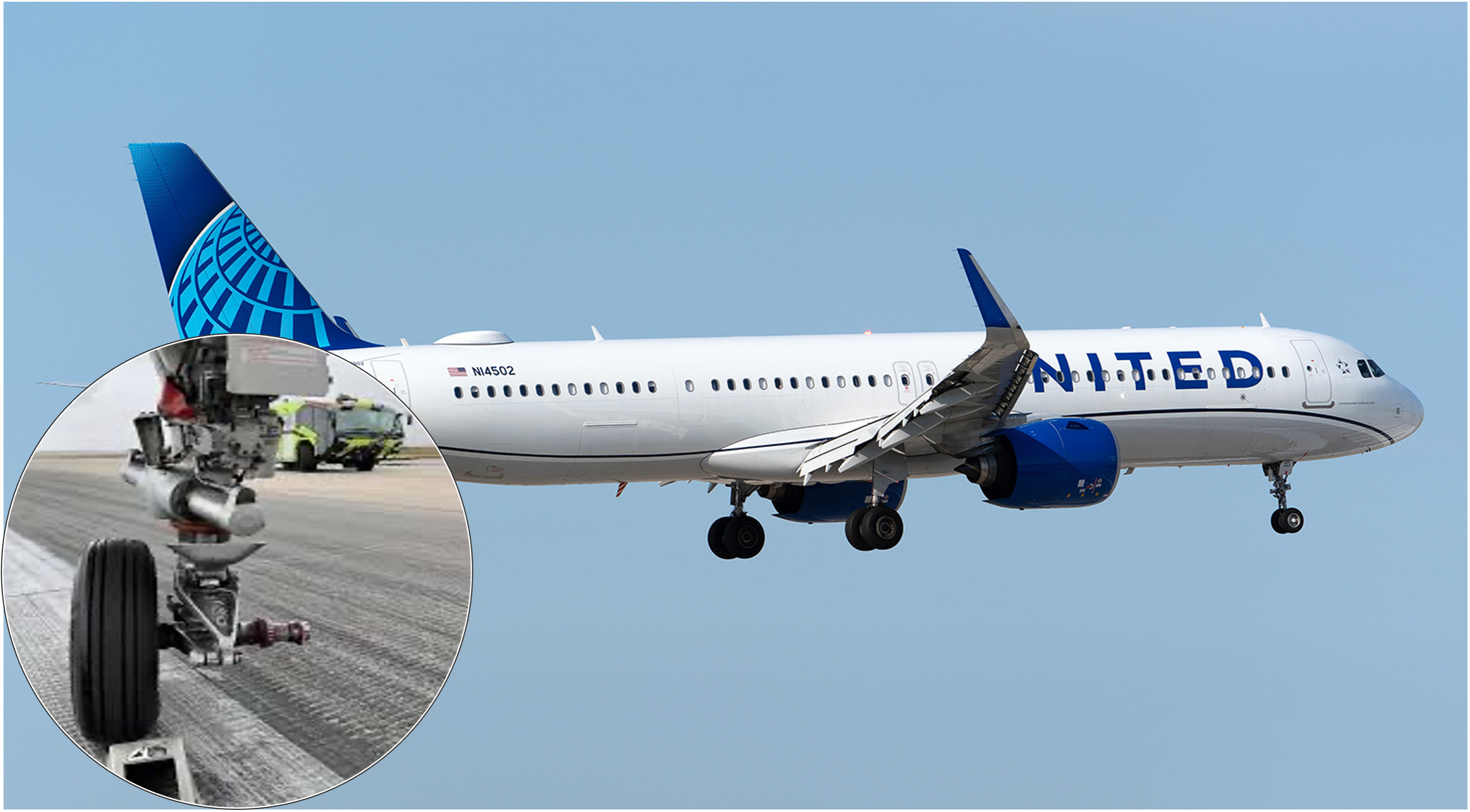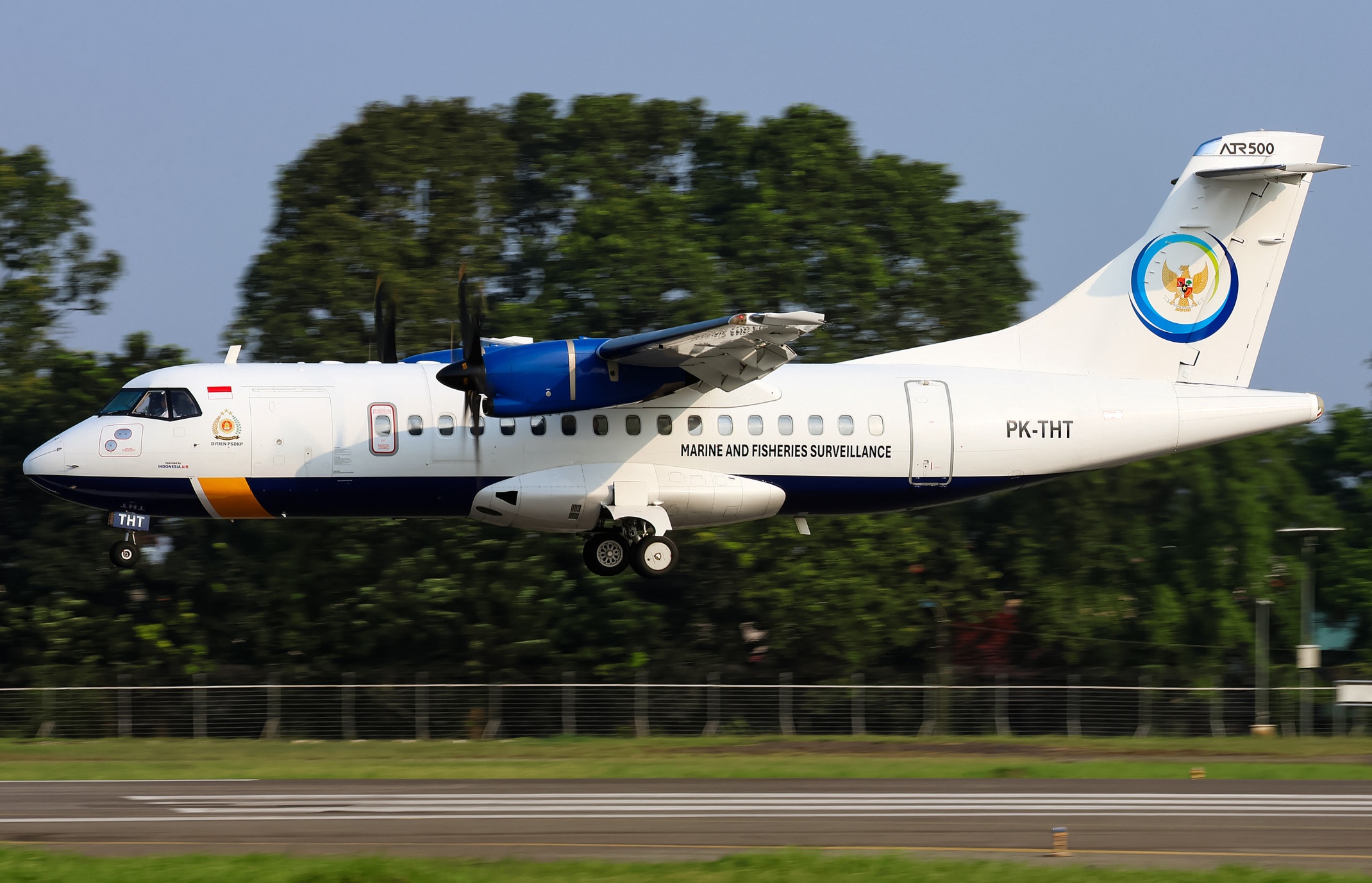By
Published Sun Mar 8, 2015
The International Air Transport Association (IATA) has today released the 2014 commercial aviation safety performance results.
In encouraging news, the 2014 global jet accident rate which is measured in hull (aircraft) losses per 1 million flights was 0.23, which was the lowest rate in history and the equivalent of one accident for every 4.4 million flights.
This result was an improvement over 2013 when the global hull loss rate stood at 0.41 (an average of one accident every 2.4 million flights) and also an improvement over the five-year rate (2009-2013) of 0.58 hull loss accidents per million flights jet.
The 2014 jet hull loss rate for members of IATA was 0.12 (one accident for every 8.3 million flights), which outperformed the global average by 48% and which showed significant improvement over the five-year rate of 0.33.
Tony Tyler, IATA’s Director General and CEO states “Any accident is one too many and safety is always aviation’s top priority. While aviation safety was in the headlines in 2014, the data show that flying continues to improve its safety performance.” Are IOSA certified airlines really safer?
Are IOSA certified airlines really safer?
Airlineratings.com’s safety rating system, explained in full here, places a large emphasis on airlines having IOSA (IATA Operational Safety Audit) certification.
Airlines on the IOSA Registry experienced three jet hull loss accidents and one turboprop hull loss accident. The total accident rate for all aircraft types that are IOSA-registered carriers was more than three times better than the rate for non-IOSA carriers (1.09 vs. 3.32). AirlineRatings.com Editor In Chief, Geoffrey Thomas, states “Numbers like this year after year proves that IOSA works and it is why we place so much emphasis on IOSA certification in our safety rating system.”
As of 4 March 2015, 396 airlines are on the IOSA registry. For IATA’s 251 airlines, IOSA certification is a requirement for membership in the Association. That some 145 non-member airlines are also on the registry is evidence that IOSA is the global benchmark for airline operational safety management.
What about MH 370 and MH 17
The year 2014 will be remembered for two extraordinary and tragic events—MH 370 and MH 17. Although the reasons for the disappearance and loss of MH 370 are unknown, it is classified as a fatal accident—one of 12 in 2014. The aviation industry has welcomed the proposal by the International Civil Aviation Organization (ICAO) to move towards the adoption of a performance-based standard for global tracking of commercial aircraft.
The destruction of MH 17 by anti-aircraft weaponry, however, is not included as an accident under globally-recognized accident classification criteria. The four aircraft involved in the events of 9/11 in the United States were treated in the same way.
“The shooting down of MH 17 took with it 298 lives in an act of aggression that is by any measure unacceptable. Governments and industry have come together to find ways to reduce the risk of over-flying conflict zones. This includes better sharing of critical information about security risks to civil aviation. And we are calling on governments to find an international mechanism to regulate the design, manufacture and deployment of weapons with anti-aircraft capabilities,” said Tyler.
“To the flying public an air tragedy is an air tragedy, regardless of how it is classified. In 2014 we saw a reduction in the number of fatal accidents—and that would be true even if we were to include MH 17 in the total. The greatest tribute that we can pay to those who lost their lives in aviation-related tragedies is to continue our dedication to make flying ever safer. And that is exactly what we are doing,” said Tyler.
2014 Safety by the numbers:
- More than 3.3 billion people flew safely on 38.0 million flights (30.6 million by jet, 7.4 million by turboprop)
- 73 accidents (all aircraft types), down from 81 in 2013 and the five-year average of 86 per year
- 12 fatal accidents (all aircraft types) versus 16 in 2013 and the five-year average of 19
- 16% of all accidents were fatal, below the five-year average of 22%
- 7 hull loss accidents involving jets compared to 12 in 2013 and the five-year average of 16
- Three fatal hull loss accidents involving jets, down from six in 2013, and the five-year average of eight
- 17 hull loss accidents involving turboprops of which nine were fatal
- 641 fatalities compared to 210 fatalities in 2013 and the five-year average of 517
Jet hull loss rates by region of operator
1. Africa (from 6.83 to 0.00);
2. Asia-Pacific (from 0.63 to 0.44);
3. CIS (from 2.74 to 0.83);
4. Europe (from 0.24 to 0.15);
5. Latin America and the Caribbean (from 0.87 to 0.41);
6. Middle East-North Africa (1.82 to 0.63);
7. North America (from 0.20 to 0.11)
8. North Asia (from 0.06 to 0.00).
Turboprop hull loss rates by region of operator
- The world turboprop hull loss rate improved to 2.30 hull losses per million flights in 2014 compared to 2.78 in the five years 2009-2013.
- The following regions saw their turboprop safety performance improve in 2014 when compared to the respective five-year rate: Asia-Pacific (from 2.16 to 0.00); CIS (from 12.12 to 11.95); Europe (from 1.46 to 0.71); Latin America and the Caribbean (from 4.53 to 1.21); Middle East-North Africa (from 7.91 to 7.17).
- Africa had the worst performance (14.13 hull losses per million flights) in 2014 for turboprop hull losses, which exceeded the region’s five-year rate of 9.62. There are relatively few turboprop operations in North Asia so the single turboprop hull loss experienced in the region in 2014 caused the turboprop hull loss rate to rise to 11.28 compared to the five-year rate of. 2.41. North America also saw a deterioration in 2014 compared to the preceding five years (1.19 vs. 1.02).
Safety Improvements in Sub-Saharan Africa
Sub-Saharan airlines had zero jet hull loss accidents in 2014. “Safety continues to be a challenge for Africa. The fact that the region experienced no jet hull loss accidents last year is real progress, in line with the objectives of the Abuja Declaration. However, the poor performance on turboprops demonstrates that significant challenges remain. Governments in the region need to accelerate implementation of ICAO’s safety-related standards and recommended practices (SARPS), according to the Universal Safety Oversight Audit Program (USOAP). As of the end of 2014, only 14 African states had achieved 60% implementation of the SARPS. Making IOSA a part of the certification process certainly will help,” said Tyler. The 27 Sub-Saharan airlines on the IOSA registry are performing more than 10 times better than non-IOSA operators in terms of all accidents (1.95 per million flights versus 19.62).
Safety in the CIS
CIS airlines on the IOSA registry experienced zero accidents in 2014 for a second consecutive year. For all airlines in the CIS, the jet hull loss rate in 2014 of 0.83 was a significant improvement over the five-year rate (2.74). However, this was well below world levels. “We are seeing steady improvement in the CIS but there still is work to be done, in alignment with IATA’s global Six Point Safety Strategy,” said Tyler.
Increased Focus on Turboprop Operations
The accident rate for operators of turboprop aircraft on the IOSA Registry was 0.47 hull losses per million flights or less than 1 hull loss accident for every 2 million flights. However, the overall rate was significantly higher (2.30 per million flights). IATA and other stakeholders are addressing this shortfall through increased focus on improved safety awareness, systems, training, and airport infrastructure serving this type of operation. Additionally, statistics show that operators in all sectors continue to deliver better safety performance when the operator’s operational infrastructure, including that of its safety management capabilities, is robust. Operational standards such as IOSA, which require this robust infrastructure are a key to safer operations.
Have questions or want to share your thoughts?
Get In Touch


